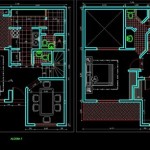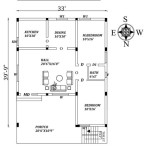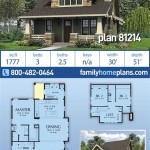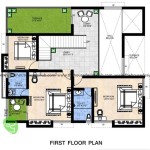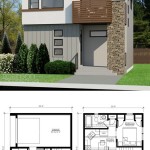Essential Aspects of Passive House Planning Package Excel
Passive House Planning Package Excel is a comprehensive tool that provides architects and engineers with a structured approach to designing and evaluating passive house buildings. It offers a wide range of features and benefits that make it an indispensable tool for passive house professionals.
Here are the essential aspects of Passive House Planning Package Excel:
1. Comprehensive Energy Modeling
Passive House Planning Package Excel includes a sophisticated energy modeling engine that enables users to simulate the thermal performance of passive house buildings. The engine considers various factors such as building envelope, thermal bridges, heating and cooling systems, and occupant behavior. The results of the energy modeling can help designers optimize the building's energy efficiency and ensure compliance with passive house standards.
2. Climate Data Integration
The software integrates climate data from various sources, including the Passive House Institute (PHI) and the International Energy Agency (IEA). The climate data is used to determine the appropriate passive house design strategies for the specific location of the building. This integration ensures that the building is designed to perform optimally in its local climate conditions.
3. Building Envelope Analysis
Passive House Planning Package Excel provides tools for analyzing the thermal performance of the building envelope. It calculates the U-values and R-values of the various envelope components, such as walls, roofs, and windows. The software also identifies thermal bridges and provides recommendations for minimizing their impact on the building's energy performance.
4. HVAC System Design
The software includes modules for designing and evaluating HVAC systems for passive house buildings. It supports various HVAC system types, including passive solar heating, mechanical ventilation, and heat recovery systems. The software helps designers optimize the HVAC system design to meet the comfort and energy efficiency requirements of the passive house standard.
5. Cost Estimation and Optimization
Passive House Planning Package Excel incorporates cost estimation and optimization features. It allows users to estimate the construction costs associated with the passive house design and identify areas for cost savings. The optimization features help designers find the most cost-effective solutions that meet the passive house criteria.
6. Reporting and Documentation
The software generates comprehensive reports and documentation that can be used to demonstrate compliance with passive house standards. These reports include energy modeling results, building envelope analysis, HVAC system design, and cost estimates. The documentation can be submitted to certification bodies or used for internal quality control purposes.
Conclusion
Passive House Planning Package Excel is an essential tool for architects and engineers involved in the design and evaluation of passive house buildings. Its comprehensive features and benefits enable users to optimize building performance, ensure compliance with standards, and reduce construction costs. By integrating climate data, providing detailed energy modeling, and offering a wide range of analysis tools, the software streamlines the passive house design process and supports the creation of energy-efficient, comfortable, and sustainable buildings.

Passive House Planning Package Phpp Verification Worksheet Scientific Diagram

Passivhaus Institut

Phpp Passive House Planning Package Passipedia En
Passive House Planning Package Phpp

Passive House Planning Package Phpp Institute China

Phpp 10 Phi

Phpp 10 Passivehouse Planning Package 9 Energy Modelling For Passivhaus Design 475 High Performance Building Supply

Passive House Planning Package Association Of

Phpp Passive House Planning Package Passipedia En

Passivhaus Institut

